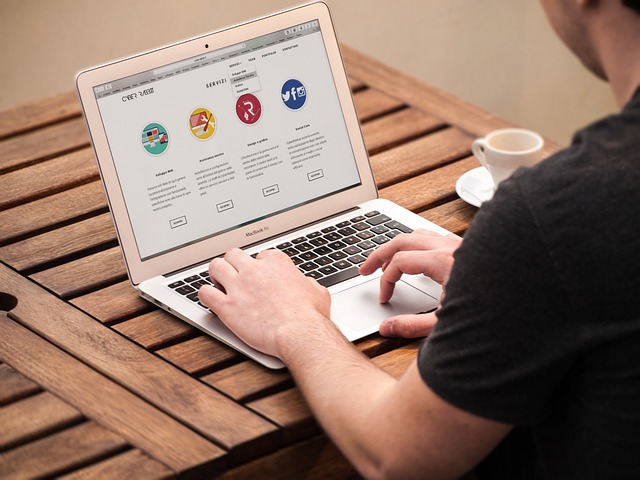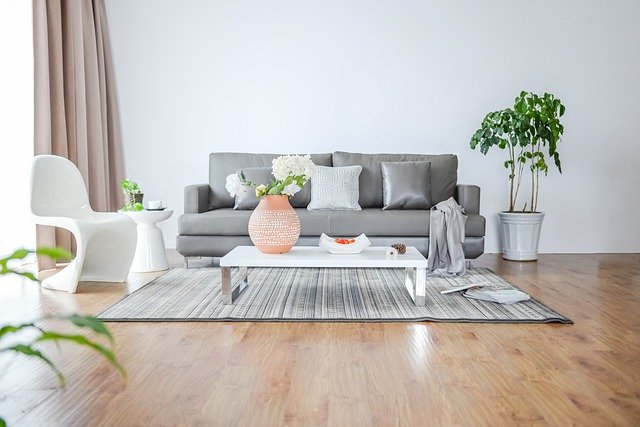Creating and maintaining a professional-looking DIY website might be difficult if you lack technical knowledge. But with our essential DIY website tips, you can develop an impressive site without experience.

Whether you’re a freelancer, blogger, or small business owner, our guide will help you build a professional website on a budget!
Set Clear Goals and Objectives
Setting clear and measurable goals is essential for success. Defining them helps you to identify the website’s purpose and the desired outcomes. Clear objectives also aid in prioritizing the website’s features and functionalities, allowing you to allocate resources and budget accordingly.
For instance, if the primary goal is to increase brand awareness, you may have a smaller budget for design and building. You should build a visually appealing website highlighting the brand’s values and messaging.
In contrast, if your website sells products or services, you may prioritize building forms, CTAs, and landing pages, as the potential returns are more significant.
Choose the Right Website Builder
If you plan to create your website without hiring a developer, you’ll need to research and find the best website builder, such as WordPress, Squarespace, or Wix.If you choose WordPress, you can even go for WordPress hosting, for which you can hostadvice.com.
Website builders usually offer a drag-and-drop feature that helps you build a good-looking and user-friendly website. Some of them are even free. However, the free versions may have limited templates and design options, so paid versions are often more suitable for most business owners.
It’s essential to look beyond the monthly or annual costs and consider the features and benefits of each pricing plan, such as built-in HTTPS, a blog, or a store section, depending on your website type. Otherwise, you may spend more money on upgrades and add-ons than if you had chosen a slightly higher-priced plan in the first place.
Search for Free Fonts and Templates
Numerous free fonts and templates are available for you to customize your website and create a design that matches your brand.
If you choose to use a website builder, you’ll have access to various templates that can help you personalize your website and find a visually appealing and user-friendly layout.
Regarding fonts, the Google Fonts catalog offers plenty of free options that you can browse through and choose from based on various criteria. Remember that this applies if your website builder doesn’t provide any! This way, you can find a font that suits your brand and is easy to read.
Remove Unnecessary Features
Once you determine your website’s purpose, you can prioritize which features are essential and which ones you can omit.
If you aim to establish a basic website that helps you establish an online presence, it may be worth cutting off some extravagant features, such as 3D animations, chatbots, and video content. Of course, you can always return later and include some of the features you had to sacrifice initially.
Opt for Clear and Simple Design
A simple and minimalistic design for your website is far cheaper and creates a professional look. In addition, this design choice saves money by limiting the need for various design elements such as fonts, images, and videos.
A clean design includes much white space, minimal photos, videos, icons, one to two fonts, easy-to-read typography, light or neutral colors, and a contrast between the background and text.
Create Your Content
Hiring someone to write all the content for your website is possible, but it may not be the most cost-effective option. Creating your website content requires more time, but it can help you save money. This way, you can allocate your funds toward other website improvements.
Furthermore, if you create your website content by yourself, you can launch your website faster without having to wait for a professional to complete and edit multiple drafts.
You could consider using website builders with pre-made templates and content blocks, hiring freelance writers or content creators, or reading helpful content such as reviews and tutorials.
Become a Website Manager
While having an expert handle website updates and changes is a good idea, you can most likely manage to do that by yourself. Even if you’re uncomfortable updating the site, you should be able to add new posts to your blog or edit event information and email addresses.
To be your content manager, you must establish a content creation process, set clear goals and objectives, create a content calendar, and consistently publish high-quality content. You also need to measure and analyze the performance of your content and adjust your strategy accordingly. Finally, it’s crucial to stay organized and focused and learn and adapt to new trends.
By handling these tasks on your own, you can grow your budget and gain a better understanding of your website, which will prove helpful in the long run.
Make a Maintenance Schedule
Maintaining your website on time is much cheaper than making significant updates or changes due to outdated content or security issues.
Once you have finished creating your website, or preferably before, create a maintenance schedule that outlines regular tasks. These tasks include testing pages for proper loading, updating website software and plugins, removing spam comments and accounts, etc.
You can also set reminders for each task on your schedule to ensure you don’t forget to complete them.
Have a Go-To Person for Help
After launching your website, it’s essential to have a designated person to turn to for assistance. It could be a trusted friend or colleague. But whoever the person you rely on is, they must have the technical expertise to optimize your site’s performance.
What’s more important is to have a strong relationship with them to ensure that they can help you quickly and efficiently. Otherwise, if you have to seek out professional help, it can be pretty costly.
Promote Your Website
When creating an attractive web page, you aim to maximize the number of visitors. Spending money on marketing and SEO is an option but not a necessity. By targeting the keywords people use to find websites like yours, you can incorporate them into your content and increase traffic.
Lastly, you can create blog content, engage with your audience on social media, and even invest in pay-per-click advertising.
Final Thoughts
Building a professional-looking website on a budget is entirely possible with some effort. The ten steps we explained above are just a few you can implement to achieve your goal and keep your site in the best performance possible.
By following these simple tips, you can save money, better understand your website, and launch it more quickly. With the right tools, a little creativity, and a willingness to learn, anyone can build and maintain a fantastic website without spending a fortune.






